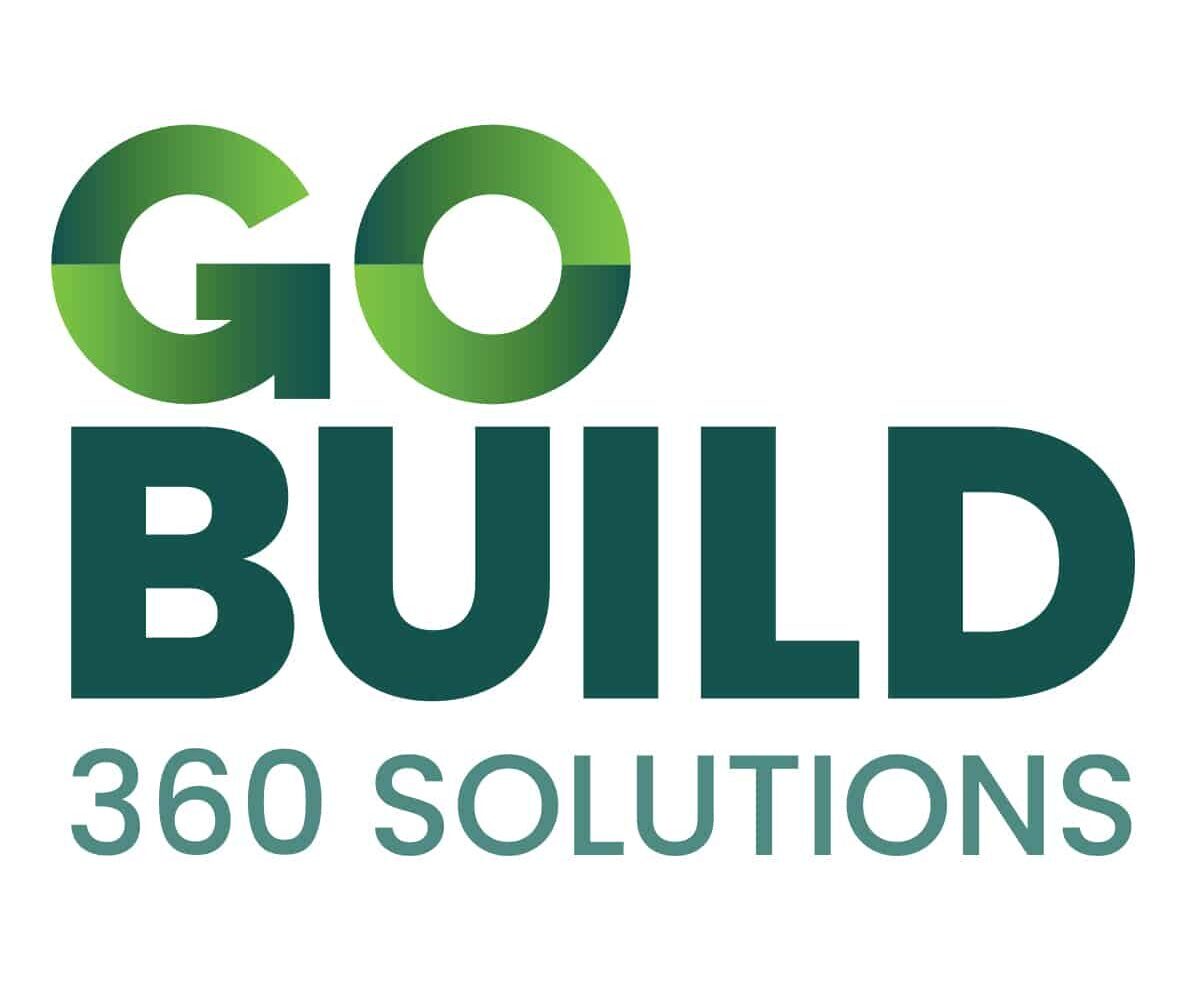e-commerce definition
What's E-Commerce All About, Anyway?
But wait a minute. E-Commerce for Construction?

introducing mach
Monolithic vs. MACH:
Which of These Superstars Takes Center Stage?
What’s MACH E-Commerce All About?
What Does MACH Stand For?
Microservices
Instead of a single, monolithic system, software is split into smaller, loosely-coupled services. Each microservice performs a specific function and can be developed, deployed, and scaled independently.
Think of it this way, a micro-services-based approach means your software is made up of tiny services that each focus on only one thing.
But they do that one thing really, really well.
Headless
In the tech world, 'headless' refers to a way of building applications where the front-end (the part users see and interact with) is decoupled from the back-end (where all the data processing and storage happens).
The headless approach allows developers to create a user interface using any technology they prefer without being limited by the technology used on the back-end.
This means more flexibility, quicker updates, and the ability to provide a more customized user experience.
Need to switch your CRM system? Just unplug the old one and hook up the new one.
With MACH, it's about speed, flexibility, and the power to customize without a construction permit.
API-first
APIs (Application Programming Interfaces) are used to communicate between services and components.
Think of an API like a waiter in a restaurant. Your waiter takes your order and delivers it to the kitchen. Then, when your order is ready, the waiter picks up your order and delivers it back to you at your table.
Simple, right? Only in the software world these interactions only take milliseconds to complete.
And an API-first approach means the development team builds the communication tools for a software program before building the program itself.
It's like making sure the wiring of a house is properly installed before building the walls and floors. This makes it easier to add new features or make changes later without causing a big mess.
Cloud-native
Cloud-native systems leverage the benefits of cloud computing, such as scalability, resilience, and flexibility. So instead of a bulky mainframe server housed at your location or offsite facility, cloud-native systems use offsite servers that can be easily scaled up or down based on demand.
Cloud-based systems provide faster processing speeds and can handle massive amounts of data. With cloud-native systems, you can take a nimble approach to your business without compromising security or performance.
Plus, with a cloud-native approach, you only pay for the resources you use, making it cost-effective no matter what the size of your operation.
So, Which is The Best E-Commerce for Construction Material Supplies?
types of e-commerce
Composable Commerce vs. Headless E-Commerce:
What’s the Difference?
Composable E-Commerce Rocks
- Need a new payment platform? Plug it in.
- Need to upgrade your content management system? Just swap it out.
- Composable systems are all about flexibility and customization.
What about Headless E-Commerce?

But what does this all mean for your construction supply business?

convenience
Why Do Construction Material Suppliers Need E-Commerce?
- Segment your customers based on geography, spending habits, or credit
- Offer preferential pricing based on user profiles,
- Help you gather valuable customer data
- Track inventory in real-time, and predict future trends.
Will you?
The Pros and Cons of E-Commerce Solutions
Pros of E-Commerce Solutions
Reach More Customers
E-commerce can expand your market share without the need to open more stores. With an online marketplace, you not only sell to local customers or call-in orders. E-commerce makes it possible to sell to anyone, anywhere, anytime, day or night.
24/7 Sales
You're open for business with an online store 24/7. This means your customers can make purchases whenever convenient: no more "Closed" signs or missed sales opportunities.
Data Collection
E-commerce platforms can provide valuable data about your customers. This can help you tailor your marketing strategies, adjust your inventory, and improve your customer service.
Cons of E-Commerce Solutions
Initial Set-Up Costs
Setting up an e-commerce platform for yourself can be expensive. You'll need to invest in a secure and reliable platform and possibly hire a tech team to manage and maintain it.
Technical Issues
Downtime, glitches, and security breaches can pose serious challenges. You'll need a solid plan to tackle these potential roadblocks.
Competitive Market
E-commerce can be a highly competitive arena. You'll need a solid strategy to stand out from the crowd and attract customers to your online store.

smart construction
How Are E-Commerce Solutions Being Used in Construction?

Case Studies: E-Commerce Success in Construction

Aggregate Industries, a leader in the construction and infrastructure industry, turned to e-commerce to make things easier. They decided to give their customers and aggregate haulers dedicated Customer Portals. Now users can browse through Aggregate Industries’ extensive product catalog online, place orders anytime, and even track their deliveries in real-time. It's a rock-solid example of how e-commerce can transform the buying process in construction.

Sherwin-Williams, the titan of paint and coatings, has embraced e-commerce to serve its customers better. Customers can browse paint colors, order samples, and even get expert advice on paint selection and application through its online store. It's a vivid demonstration of how e-commerce can bring value to the construction industry.
Fastenal, a supplier of industrial and construction supplies, has added e-commerce to its toolbox. With its online platform, Fastenal's customers can easily search for products, check inventory levels, and place orders at any time. It's a shining example of how e-commerce can streamline the buying process in construction.

Leroy Merlin, a leading home improvement and gardening retailer, turned to a GoBuild360-powered e-commerce solution to bolster its digital presence. With this new system, Leroy Merlin's customers can browse products, place orders, and even schedule delivery and in-store pickups, all online. It's proof that e-commerce can make DIY even more convenient.

Cashbuild, South Africa's largest building materials retailer, hit the e-commerce jackpot with a GoBuild360-powered solution. With its online platform, Cashbuild tripled its sales and expanded its territory — all without adding a single store. Cashbuild’s GoBuild360-powered marketplace is a remarkable case of how e-commerce can supercharge growth in the construction industry.
AfriSam, a top-100 global cement producer and ready-mix concrete provider, adopted a GoBuild360-powered e-commerce solution to expand its market share. With this new system, AfriSam strengthened its network of suppliers and delivered a seamless buying experience to its customers. AfriSam’s Click-to-Go is a perfect example of how e-commerce can strengthen relationships in the construction supply chain.
BuildDirect, a pioneer in the flooring industry, built its business around e-commerce. With its digital marketplace, BuildDirect connects suppliers with their target customers and profits handsomely as a result. BuildDirect is yet another illustration of how e-commerce can reshape the construction supply chain. These case studies offer powerful proof of how e-commerce can revolutionize the construction industry. Up next, we'll help you choose the right e-commerce solution for your construction business.
Which E-Commerce Solution is Right For Your Construction Business?
Know Your Needs
Start by understanding your needs. For example, do you need a platform that can handle a vast product catalog? Do you need to integrate with existing systems? How important is real-time inventory management to you? The answers to these questions will help guide your decision.
Consider Your Customers
Next, think about your customers. What do they need? How can an e-commerce platform enhance their buying experience? Again, your customer's needs should be at the heart of your decision.
Check Out the Competition
Finally, don't be afraid to scope out the competition. What platforms are they using? How are they leveraging e-commerce to serve their customers? You can learn a lot from other players in your industry.


